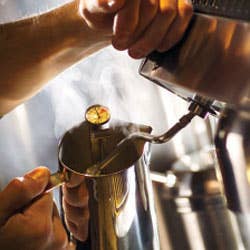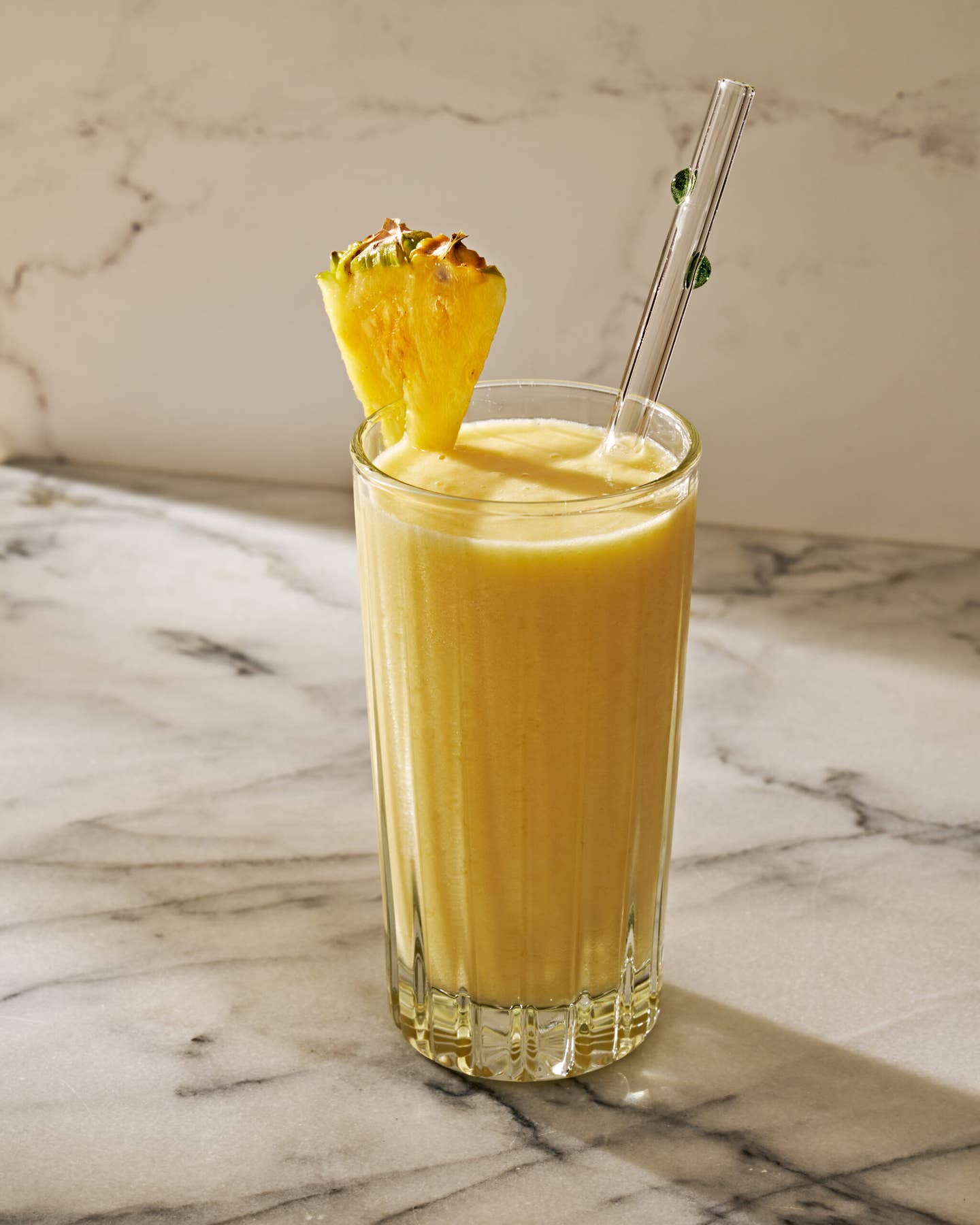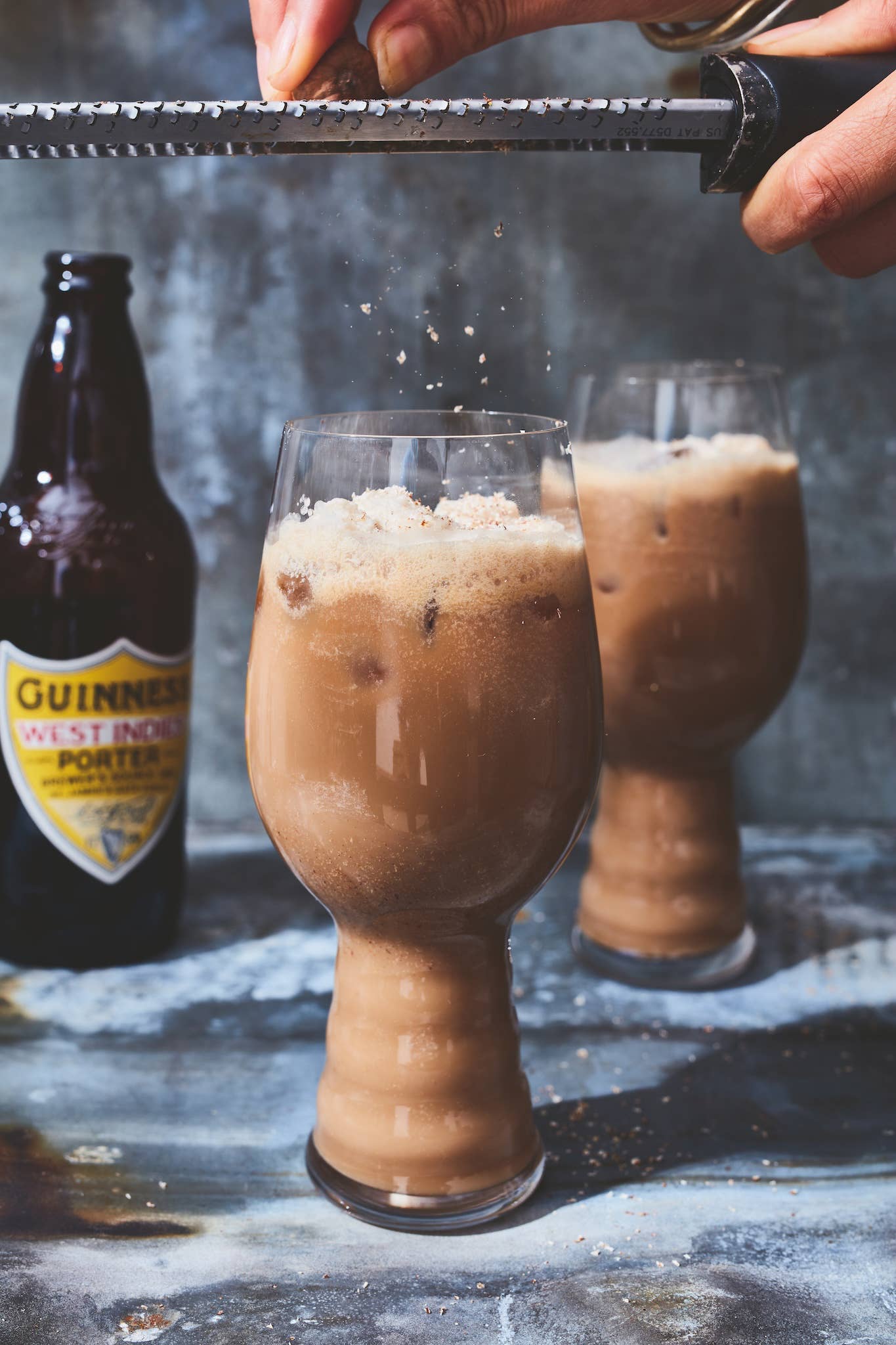
How Do You Brew?
This is Part IV of a series on Specialty Coffee, presented by the Specialty Coffee Association of America in conjunction with Saveur.com.
Part I: The Road to Perfection
Part II: The New Frontier of Quality Coffee
Part III: Artisanal Roasting 101
Part V: Crema of the Crop
Part VI: Nothing Regular About It
Five elements are key to specialty coffee's quality. They make the difference between mediocre coffee and the consistent creating of the specialty coffee experience. The perfect cup of coffee means one thing to some people, another to others: a person may like a strong French-press-steeped coffee, while another may prefer the smooth, rich brew from a vacuum pot.
A third enjoys the traditional simple elegance of a manual drip brew. Following these five guidelines will ensure the highest quality of coffee, regardless of your desired brewing method or beverage type.
WATER:
Constituting 98 to 99 percent of the finished brew, the water must be neutral in flavor, at the proper temperature, and in the right volume. The optimal water for coffee brewing is free of any unpleasant flavors or aromas. The Specialty Coffee Association of America recommends that the water have a purity of 50 to100 ppm total dissolved solids, no iron, and no taste, odor, and particulates, with a pH of 6.5 to 7.5. Temperature plays a strong role in the creating of specialty coffee. Heat the water to 197 to 204 degrees Fahrenheit (92 to 96 degrees Centigrade), and extract all the appealing flavors and aromatics of the coffee. Cool water will not allow enough flavor and aromatics to be extracted, while water too hot will burn the grounds and produce a flat, bitter brew. Volume is critical in controlling the coffee-to-water ratio; for drip brewers the ratio is 64 ounces of water to between 3.25 and 4.25 ounces of freshly ground fine-grind coffee, as directed for Gold Cup Standard (see below*) brewed coffee. This ratio, water temperature, and purity will allow the extraction of 18 to 22 percent of the soluble material from the coffee, yielding a brewed coffee concentration of total dissolved solids (flavoring materials) at 1,150 TDS to 1,350 TDS.
GRIND:
Grinding coffee reduces the particle size, which increases the surface area, and thus plays a primary part in the developing of flavor and aromatics in the brew. The level of grind must match the brewing method and be calibrated to the length of the brewing cycle. Short brewing times, as with mocha pots, require extra-fine-grind coffee for immediate and instant extraction, while longer brewing times, as with a French press, require coarser-ground coffee because of the longer steeping extraction. Burr grinders produce a more uniform particle size than spinning-blade-type grinders and thus a richer, more aromatic cup of coffee.
CLEANLINESS:
The simplest way to improve coffee quality is to clean the brewing equipment. Natural coffee oils and fine coffee particles coat the equipment and cause burnt, bitter, and sour tastes that transfer from dirty equipment into the next brew. You wouldn't cook food in a dirty pot; don't make coffee in a dirty brewer! Urnex-brand cleaners are food safe and recommended as part of a daily cleaning regimen for coffee brewers, grinders, and carafes.
SERVICE:
Brewed coffee is highly perishable; coffee specialists recommend that you hold coffee after brewing for only 30 minutes in a glass carafe or 60 minutes in a thermal carafe. After that time, the aromatics dissipate and the solubles continue to cook in the liquid, creating a flat, heavy, sour, and bitter brew.
FRESHNESS:
Roasted coffee is also highly perishable and must be treated with care and stored correctly. Whole-bean coffee may stay at optimal freshness for three weeks, while ground coffee will stay at optimal freshness for less than an hour, as the greater surface area of ground coffee increases the rate at which it goes stale. To maintain quality, store coffee in a cool, dry place away from light, heat, moisture, and strong odors. Grind it in a burr grinder immediately before brewing to retain flavor and aromatics. Stale coffee will taste flat, papery, and thin.
Brewing Methods
The selection of brewing method is a matter of personal choice based on convenience and the character desired. Adherence to the five guidelines for brewing specialty coffee will ensure consistent quality.
Drip:
Invented in the late 18th century in France, this is the most common and convenient method of brewing coffee today in the home and in the food service industry. Enabled by the invention of the paper coffee filter in Germany by Melitta in 1908, drip units allow gravity to pull the hot water through a bed of ground coffee. Variations on the drip method include the manual pour-over unit, allowing the user to control the water flow and extraction, and electric machines. Drip units use fine-grind coffee and produce an aromatic brew with sweetness and pleasing depth of flavor. Gold Cup Standard coffee evaluation uses the drip brewing method.
Gold Cup Standard:
Established in the 1950s, the Gold Cup Award recognizes excellence in brewed coffee. It is bestowed annually on retailers and restaurants whose specialty coffee is properly ground and brewed according to scientific standards of quality, as administered by the Specialty Coffee Association of America.
Mocha Pot:
Entailing a juxtaposition of percolated coffee and espresso, this stovetop unit is popular for its convenience and speed. Extra-fine-grind coffee is used, and a heavy, rich, intense brew is produced.
Vacuum Brewer:
Invented in 1840, it is the most complex and elaborate brewing system. The vacuum brewer consists of two bowls where the water rises as steam and the brewed coffee falls through a filter by means of vacuum force in a visually appealing process. Use fine-grind coffee, and create a smooth and mellow brew.
French Press:
Patented in 1933 and made popular by Bodum in the 1970s, the French press is currently experiencing a renaissance in specialty coffee cafes and restaurants for its visual appeal and extraction control. By manipulating the steeping time and employing a plunger filter, each user can customize the brew. Coarse-grind coffee is chosen, for a very rich, intense, and aromatic brewed coffee.
Percolator:
Developed in France in 1827, the process sprays heated water continuously over coarse-grind coffee, producing a rich, heavy coffee with intensity.
Specialty coffee is a matter of choice, not a beverage of chance. Are you drinking coffee at Gold Cup Standard and paying attention to the five key elements for specialty coffee quality? Or are you drinking the coffee of best intentions?
Keep Reading
Continue to Next Story










